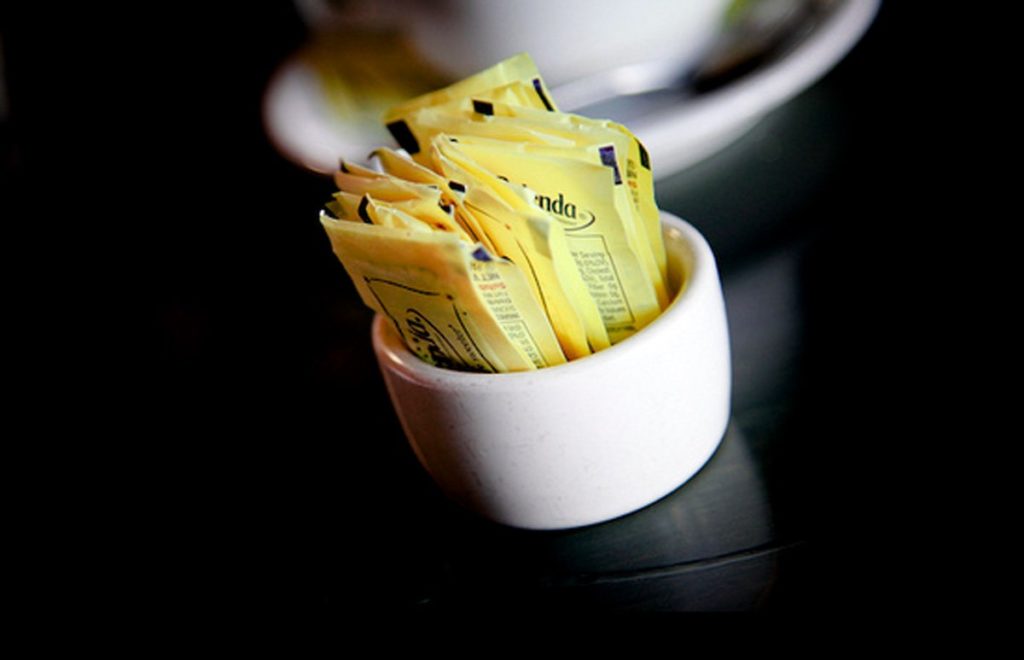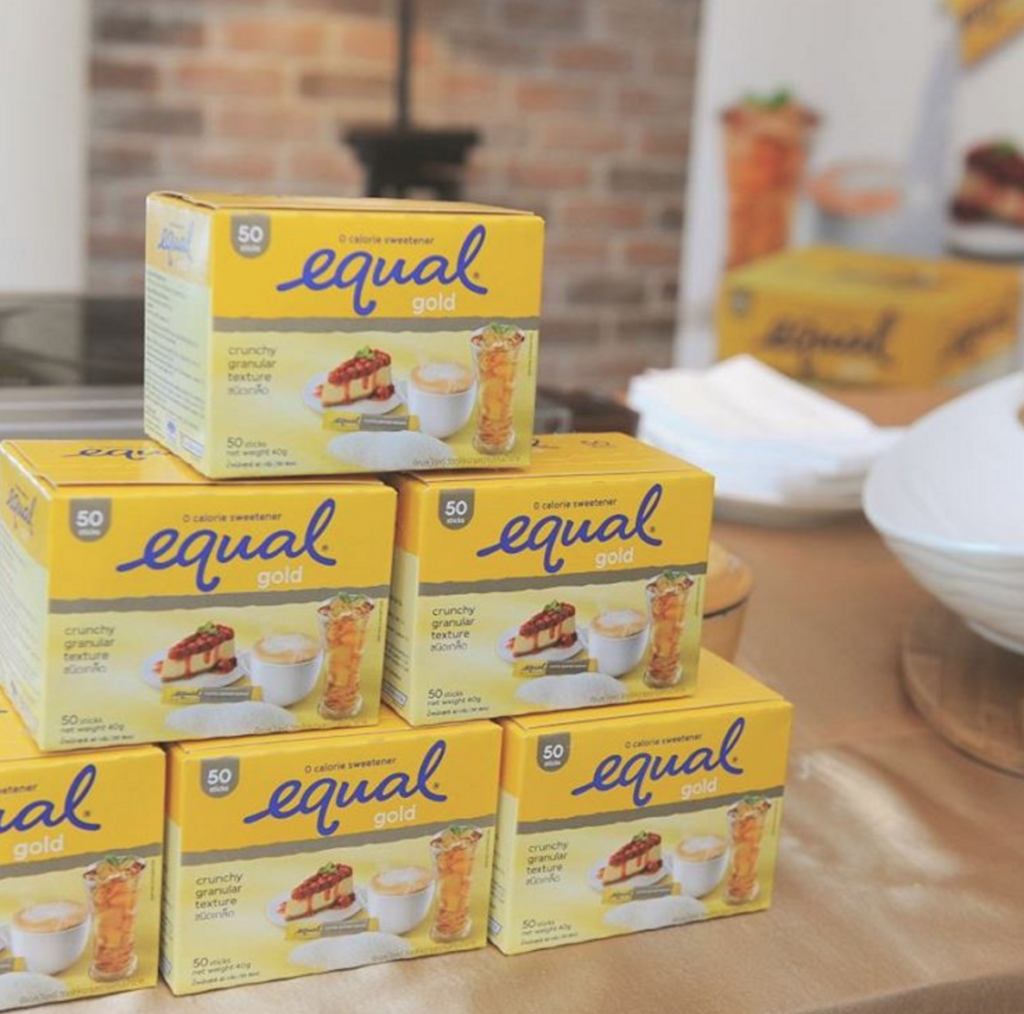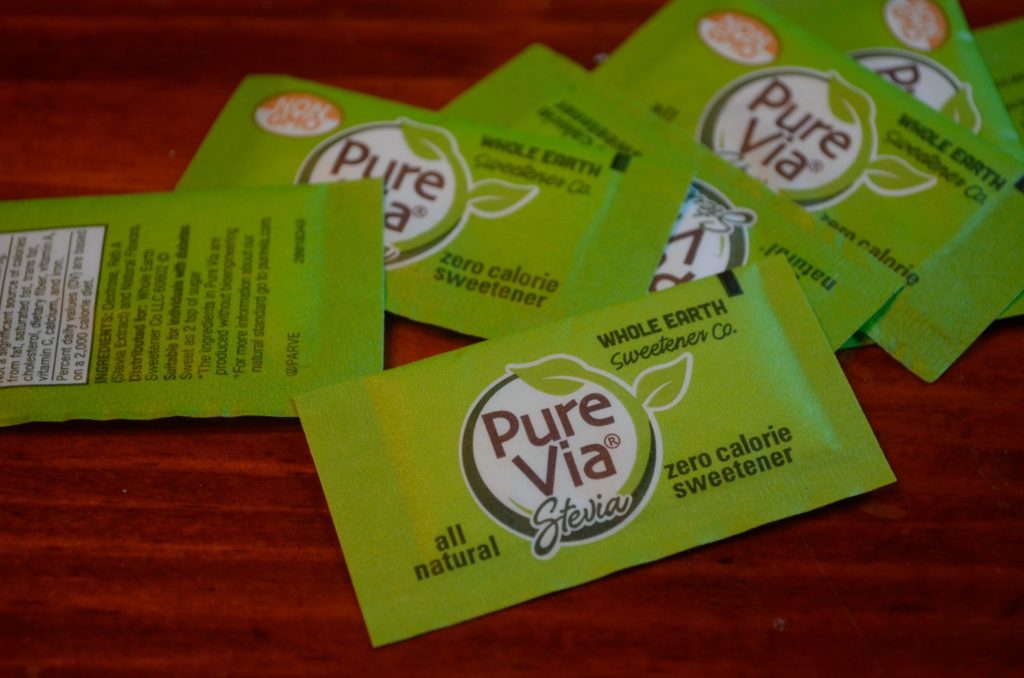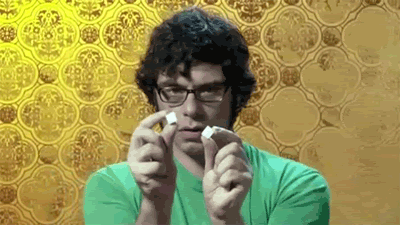Whether we’re aware of it or not, sugar is found in many foods that we consume every day. It’s undoubtedly an important part of our diet, but it’s quite easy to go overboard and eat much more than we think. As a result, companies have turned to making “sugar-free” products that use artificial sweeteners that aim to imitate the presence of sugar. These may seem like a safe alternative to eating large amounts of added sugar, but there are some serious repercussions with different sweeteners that need mentioning.
Sucralose

Photo courtesy of @enerva on flickr.com
Sucralose is the main ingredient in Splenda, which is perhaps one of the most iconic artificial sweeteners out there. Most people reach for it as an alternative to sweetening their coffee, but sucralose has a number of dangerous side effects, including altering intestine flora destroying beneficial bacteria. Some of the absorbed additive concentrates in the liver, and there have been cases of shrunken thymus glands (which is pivotal to our immune system) and livers in animals.
On a smaller scope, it can also trigger skin rashes, migraines, bloating, and diarrhea. Sucralose is estimated to taste around 600 times sweeter than sugar, which is alarming if you think about it. Still, there’s research to be done and long-term effects are still far from concrete, but maybe you should play this one safe.
Aspartame

Photo courtesy of @equalthailand on Instagram
Commonly found in Equal, Aspartame is not a low-calorie sweetener, and is used in gum, cereals, and powdered foods. This one is only a major problem if you have diseases including phenylketonuria, in which people are unable to produce an amino acid found in aspartame, and tardive dyskenisia, which is a side effect of some schizophrenic medications.
Stevia

Photo by Jedd Marrero
Stevia is a plant from South America that contains two glycosides that make foods sweet. It varies in levels in processing, starting with green leaf stevia, which is the least processed, as it is merely stevia leaves dried and ground into a powder. The most processed are altered stevia and Truvia, which contain quite a lot of additives and takes as much as 42 steps to make. During the process, certain carcinogens are added, making Truvia 400 times sweeter than sugar.
If you’re using stevia, make sure it’s in the purest form that it can be since it has the potential to be toxic to your body if over-processed and manufactured.

GIF courtesy of gifsoup.com
There are other side effects that come from consuming any artificial sweetener, including disrupting your physiological functions. Even though there may not be actual sugar in these ingredients, your body releases insulin, which is a natural reaction after perceiving something to be sweet. This leads to blood sugar spikes, which in turn increases cravings and over-eating. Our mouths have become trained to link the feeling and texture of food with our caloric intake, and since artificially sweetened foods aren’t as dense as sugar-sweetened ones, we tend to eat more.
This imbalance has been linked to type 2 diabetes, which totally negates the reason that some people are shifting towards artificial sweeteners in the first place. Next time you want a healthier option for getting that sugar rush, check out these beneficial alternatives. Be careful with the way you put a little sweetness in your life next time – the artificial sweetener world is dark and full of terrors.




